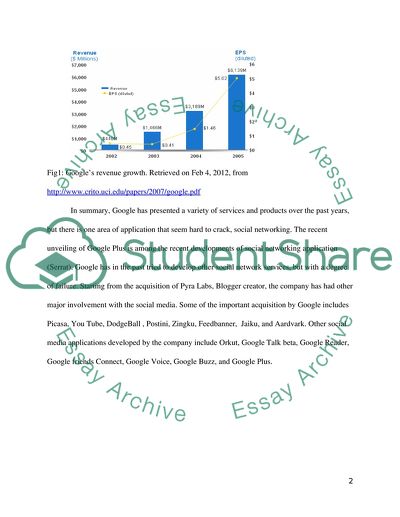Cite this document
(Knowledge Management, Social Networks and Innovation: Google Plus Term Paper, n.d.)
Knowledge Management, Social Networks and Innovation: Google Plus Term Paper. Retrieved from https://studentshare.org/information-technology/1588417-knowledge-management-social-networks-and-innovation-google-google
Knowledge Management, Social Networks and Innovation: Google Plus Term Paper. Retrieved from https://studentshare.org/information-technology/1588417-knowledge-management-social-networks-and-innovation-google-google
(Knowledge Management, Social Networks and Innovation: Google Plus Term Paper)
Knowledge Management, Social Networks and Innovation: Google Plus Term Paper. https://studentshare.org/information-technology/1588417-knowledge-management-social-networks-and-innovation-google-google.
Knowledge Management, Social Networks and Innovation: Google Plus Term Paper. https://studentshare.org/information-technology/1588417-knowledge-management-social-networks-and-innovation-google-google.
“Knowledge Management, Social Networks and Innovation: Google Plus Term Paper”, n.d. https://studentshare.org/information-technology/1588417-knowledge-management-social-networks-and-innovation-google-google.


